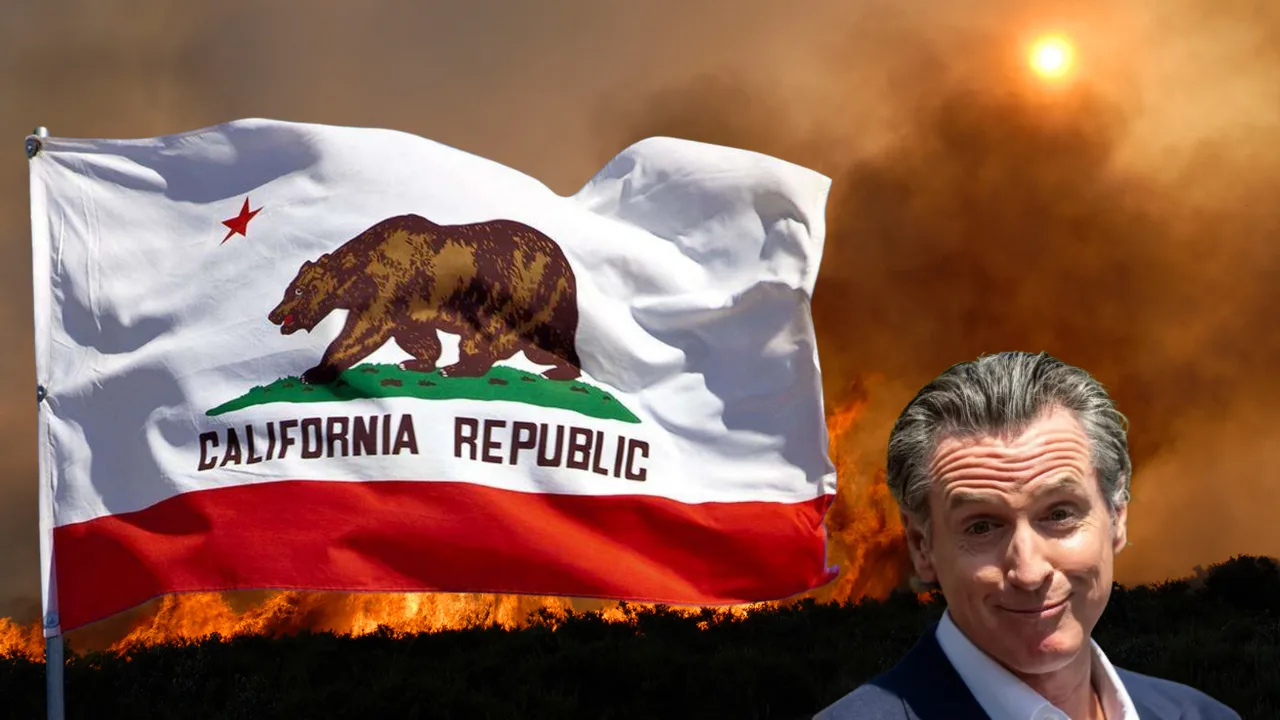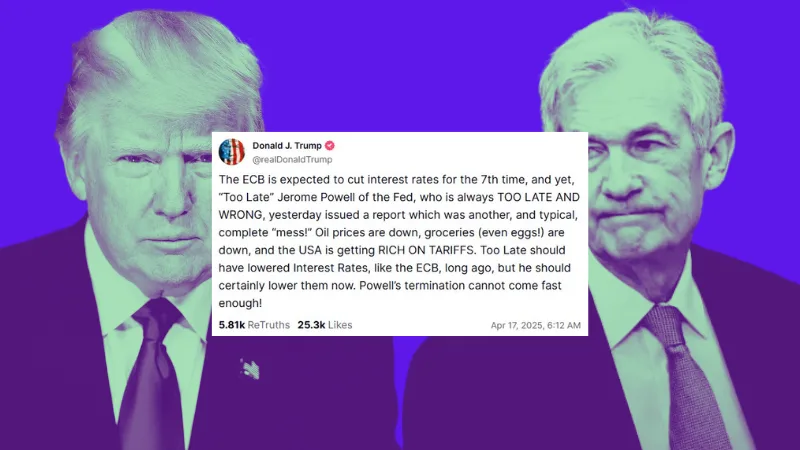California is once again at the center of a devastating wildfire crisis, with more than 1,000 structures destroyed, five fatalities confirmed, and over 130,000 residents evacuated. This catastrophic event has ignited heated political discourse, with President-elect Donald Trump, California Governor Gavin Newsom, and President Joe Biden offering starkly contrasting views on the root causes and solutions for wildfire management.
Trump’s Critique: Mismanagement and Misplaced Priorities
President-elect Donald Trump has openly criticized Governor Gavin Newsom and President Joe Biden for their handling of the wildfires. Trump attributes the crisis to “gross incompetence and mismanagement,” pointing to Newsom’s environmental policies as a primary cause. Specifically, Trump accused Newsom of prioritizing the delta smelt, a now-extinct fish species, over addressing drought conditions and wildfire preparedness.
Trump declared, “I will demand that this incompetent governor allow beautiful, clean, fresh water to FLOW INTO CALIFORNIA! He is to blame for this.” This criticism aligns with Trump’s long-standing position that California’s wildfire issues stem from poor forest management. In past years, he has threatened to withhold federal aid unless significant changes are made.
Newsom’s Defense: Local Responsibility and Environmental Commitment
Governor Newsom has pushed back, emphasizing that local officials are responsible for maintaining infrastructure like fire hydrants, which malfunctioned during the Pacific Palisades fire. He also defended his environmental policies, highlighting the importance of protecting California’s natural resources. Newsom has argued that climate change, not mismanagement, is the primary driver of the state’s worsening wildfire seasons.
Biden’s Federal Response
President Joe Biden has taken a proactive stance, declaring a Major Disaster for California on January 8, 2025. This declaration unlocks federal resources for response and recovery efforts in Los Angeles County. Biden also canceled a planned trip to Italy to focus on managing the crisis and personally visited Los Angeles to meet with emergency personnel. Federal agencies, including FEMA and the Department of Defense, have mobilized resources, such as U.S. Navy helicopters and Forest Service fire engines, to combat the fires.
Economic and Environmental Impacts
The wildfires are not just a California problem—they have far-reaching consequences for the insurance industry, economy, and everyday Americans.
Insurance Industry Under Pressure
- Claims and Losses: The destruction of over 1,000 structures is expected to result in billions of dollars in insurance claims, straining insurers’ reserves.
- Premium Hikes: Homeowners in high-risk areas will likely face higher premiums or limited coverage options. Some insurers, like State Farm and Allstate, have already stopped writing new policies in wildfire-prone regions.
- Reinsurance Challenges: Reinsurers may raise rates, driving up costs for primary insurers and consumers alike.
Broader Economic Consequences
- Inflationary Pressures: Rising costs for labor, materials, and insurance add to inflationary trends.
- Disruption to Local Economies: Wildfires devastate businesses and agriculture, a critical industry in California. Crop losses lead to higher food prices nationwide.
- Housing Market Strain: Reduced housing supply drives up prices in unaffected areas, while high-risk properties lose value.
Everyday Americans Feel the Heat
Even those far from the fires feel the impact:
- Higher Costs: Rising insurance premiums, energy bills, and food prices affect households across the nation.
- Health Issues: Wildfire smoke worsens air quality, leading to respiratory problems and increased healthcare costs.
- Taxpayer Burden: Federal and state wildfire responses are funded by taxpayers, diverting resources from other priorities.
The Way Forward
The California wildfire crisis underscores the urgent need for systemic solutions. Improving forest management, investing in resilient infrastructure, and addressing climate change are all critical steps. Federal and state leaders must work together to balance environmental stewardship with effective disaster prevention.
As Americans grapple with the interconnected impacts of these wildfires, the crisis serves as a stark reminder of the challenges posed by climate change and the need for robust, coordinated responses. The stakes are high, not just for California, but for the nation as a whole.





